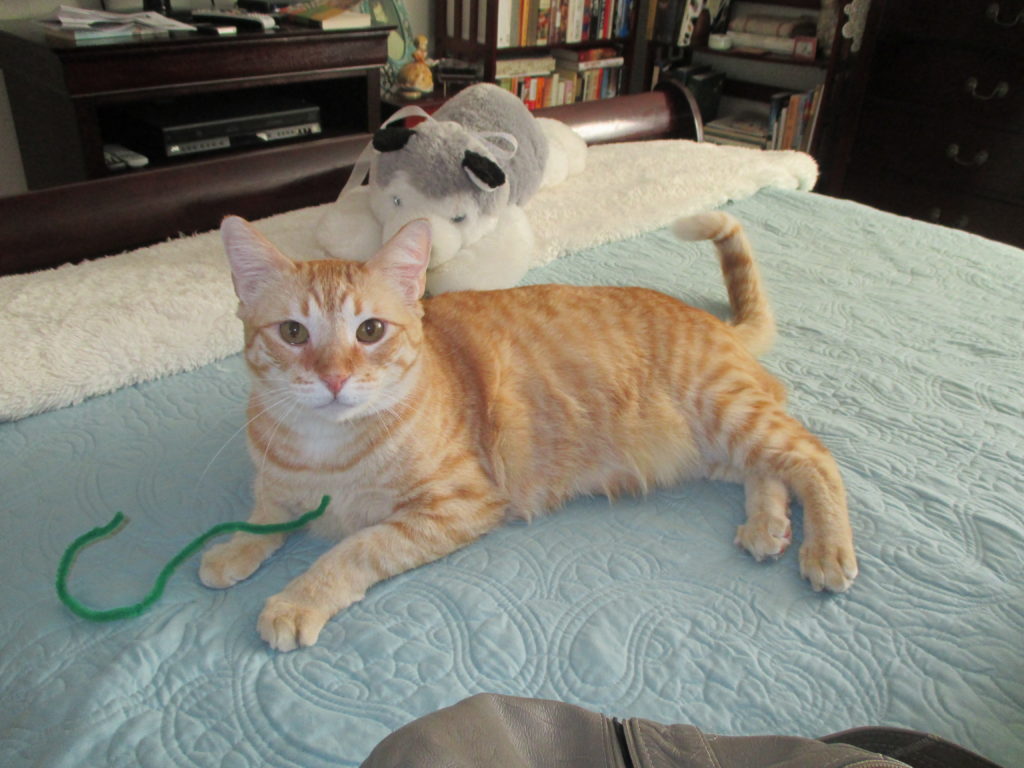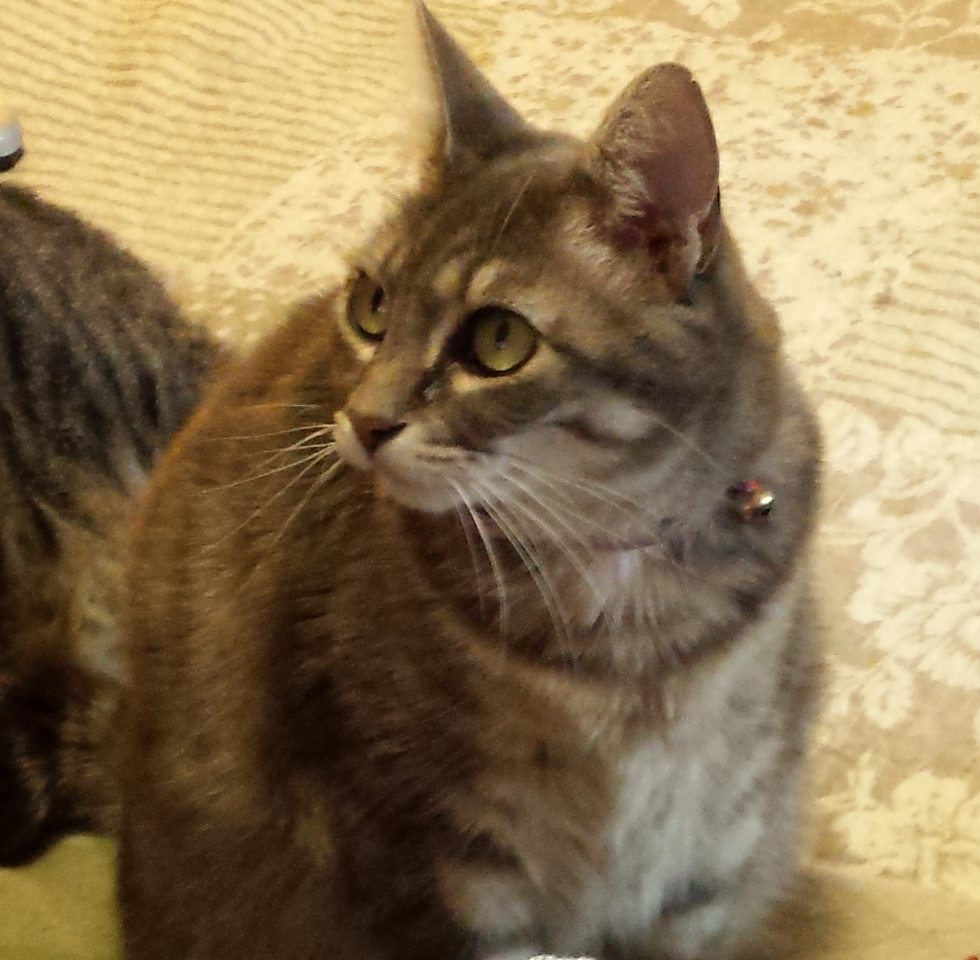
Writing involves multiple revisions. But how do you know if your finishing touches are enough?
Writing Tip for Today: Here are three tips to help you decide when your piece is finished:
Let it Sit and Read Aloud
After you’ve drafted a piece, you’ll want to set it aside for a period of time. Work on your next piece or revisit a work that has been on the back burner. I have a rule for myself that tells me not to submit anything on the same day I draft or revise for the last time. Adhering to this rule gives me objectivity that I might not have if I hit “send” too quickly.
I usually revise after twenty-four hours, but I’ve been writing a long time now. Earlier in my career I would set aside work for at least a week, sometimes longer. And even now, if a project is giving me trouble, I’ll shelve it until I can get outside feedback or enough time passes.
Each time I look at a draft, I read it aloud. Reading your work out loud will spark activity in a different part of your brain than if you simply read silently. I have discovered missing words and dangling, laugh-out-loud phrases by hearing myself read the work. You don’t need to perform your piece, just read it clearly and slowly enough to catch errors and get a sense of the flow.
Revise in Stages
In revision, I’m all about the layers. I start with macro edits. I look for how a story builds tension. I evaluate the purpose or theme of the work. For essays, I want readers to become immersed in a story that’s about one thing. That one thing should lead to a solid takeaway for readers. I must be able to sum up the piece in a sentence and state why readers should care (what’s in it for them?).
Once the story or scene makes sense in the Big Picture, I look at smaller things such as sentence and paragraph construction, transitions and the balance of action to narrative (show v. tell). Where have I repeated myself? Are there spots that are difficult to understand? Spots where I’ve used many more words than necessary? For fiction, how much movement happens as opposed to thoughts, narrative or explanations?
After everything else, I will edit for what are sometimes called “nits.” These are the small things such as typos, misused words (watch those homophones!) or overuse of passive voice. I will decide if the common vague words (sometimes called weasel words) such as very, just or a little are necessary. I evaluate my modifiers (adverbs “ly” words and adjectives) to be sure I’m not falling into a singsong rhythm.

Revise in layers, beginning with the Big Picture.
Pause and Return
If the work still unsettles me in some way, I often put it aside again, especially if there are places where I’m certain I’ve written something super-good. Most times, when I think I’m a genius I need to kill some darlings. Darlings can be words, phrases or metaphors that seem creative when you draft but that don’t hold up. These darlings might be a little too cute, melodramatic or silly, but all need to go away to polish the piece.
If I’m not sure if a phrase is a darling or not, I let it sit for a time. When I come back to it, I nearly always delete it. Try removing a darling of your work and see if, after a rest period, you miss it. Many of our darlings are attempts to control our readers—through overuse of modifiers, explanations or descriptive metaphors that only confuse. As hard as it is to delete my darlings, I’ve learned that writing is not a forum for showing off my writing prowess. Instead, writing is about connecting with your readers in the clearest and simplest way possible.
When I pause and then return, I want to unify my work in purpose, theme and execution. Many a writer has submitted prematurely and then regretted it. However, don’t shelve your stuff for all eternity. We are always going to see ways to improve. At some point, it’s wiser to hit “send” than to let your writing molder in a drawer.




